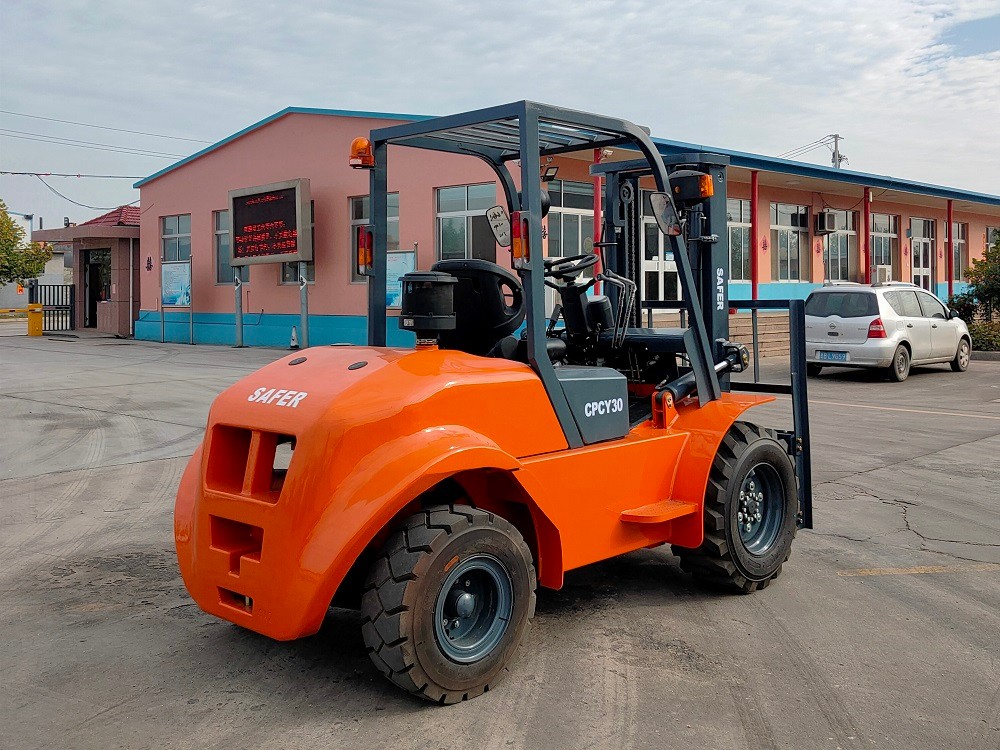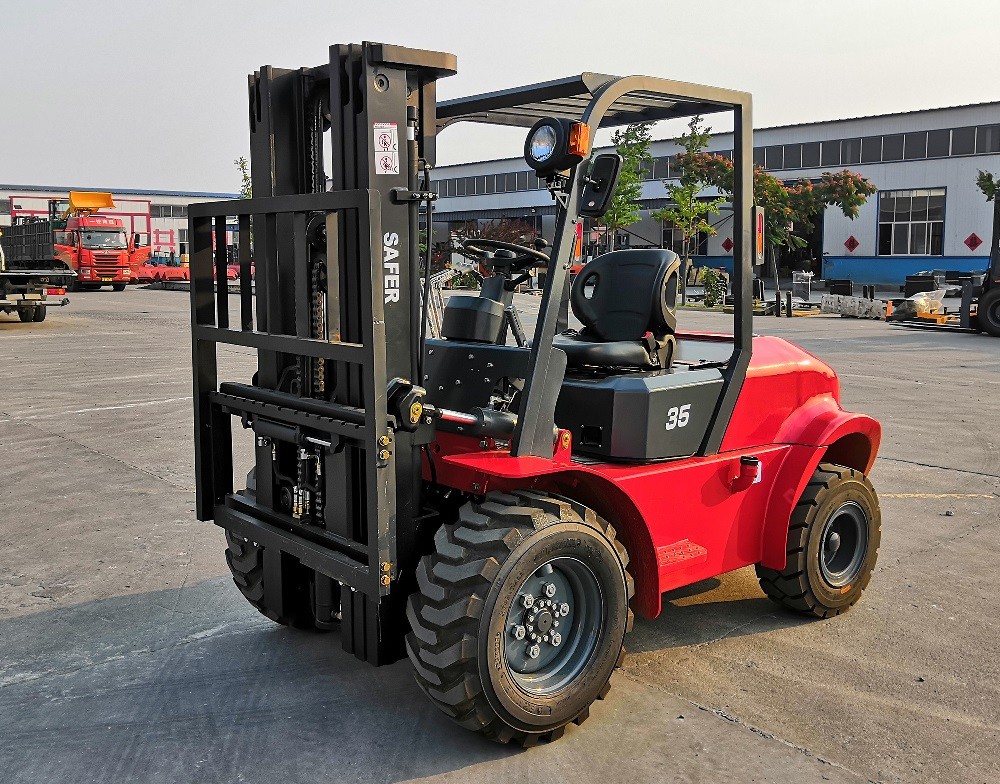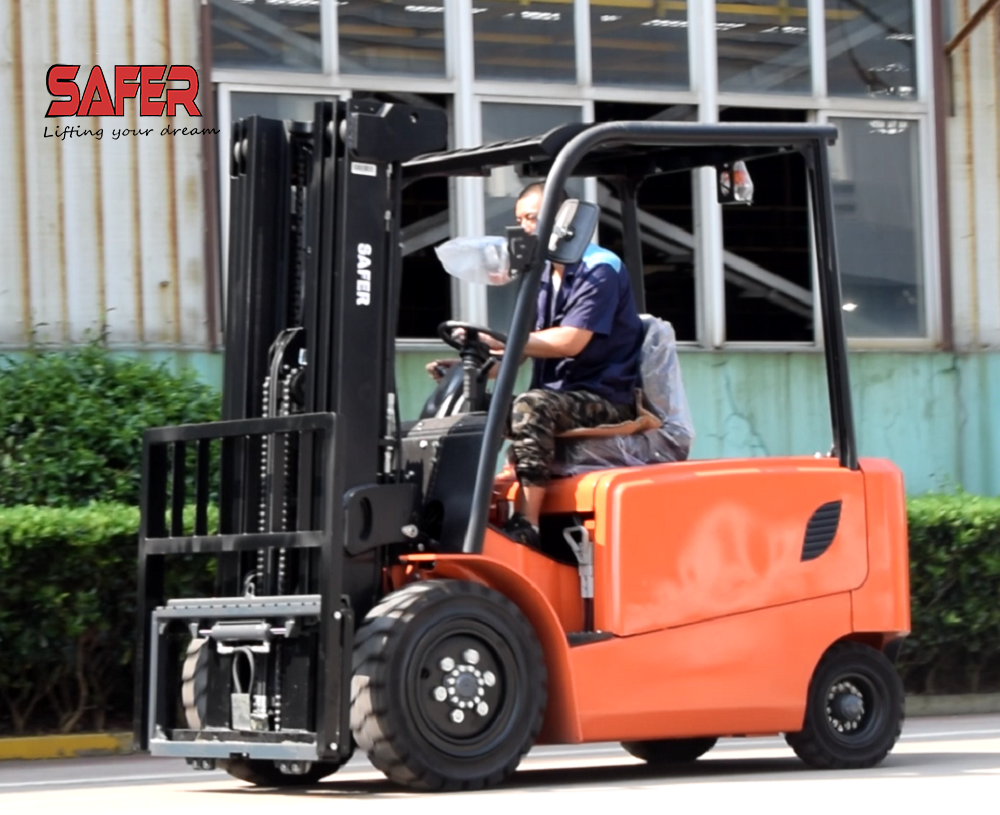In the four parts of the control system, from the perspective of cost structure, the four parts account for 22%, 24%, 36% and 12% respectively.
According to relevant persons from Qinchuan Development, in terms of hardware such as reducer and servo motor, there is a big gap between Chinese enterprises and international giants. Although there are servo motor technologies in China, industrialization capabilities are not good, and gearboxes are almost not industrialized. .
At present, the 75% precision reducer market is monopolized by two Japanese manufacturers. Both international mainstream manufacturers and domestic manufacturers use these two products. RV reducer has not yet mature products in China. Although the harmonic reducer has domestic production of Suzhou Green and Zhongji Kemei, the input speed and transmission precision are still far from the imported products, and it is still far away from large-scale marketization.
"For the Chinese robot industry, the biggest dilemma at this stage is that the key components of the robot have not yet been fully autonomous." Li Qian, deputy general manager of Suzhou Green, said.
According to industry sources, the purchase price of a precision international reducer for the four international giants is 30,000 yuan to 50,000 yuan, and it is sold to domestic customers with a good relationship of about 70,000 yuan, and the average ordinary customer is about 120,000 yuan. The cost of a precision reducer is more than double that of the international giants, and it can be seen how much the profit difference is between them.
Hongyuan Securities analyst Zhao Wei believes that the localization of robot core components is imminent. Once the core components are all localized, domestic brands can open the gap in pricing. If key components such as reducers, servo motors, and controllers are localized, assuming a 30% reduction in average cost, the robot's stand-alone manufacturing cost can be reduced by at least 20%.


